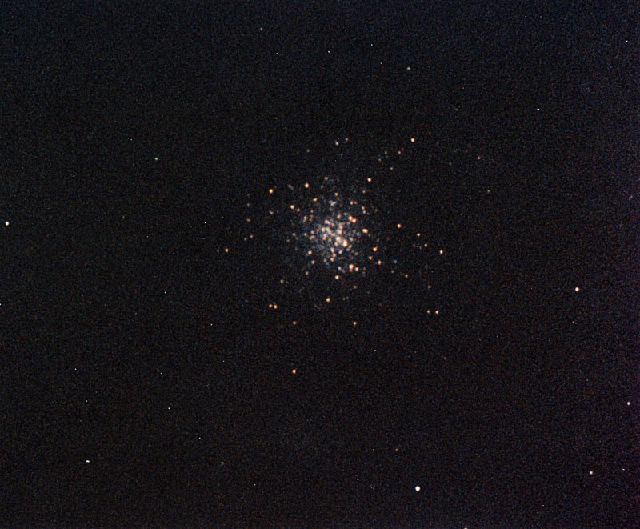Cap'n Jack
Final Approach
There's enough wind to blow the camera around- but I can see Jupiter and several moons on the LCD (magnify for focus).
This is the best shot all evening. Jupiter is blown out, but I could take two shots at differing exposures and overlay them so Jupiter and the moons look right.
This is using a kit 55-250 mm lens. Maybe it will get calm some night...but this is Nebraska...
This is the best shot all evening. Jupiter is blown out, but I could take two shots at differing exposures and overlay them so Jupiter and the moons look right.
This is using a kit 55-250 mm lens. Maybe it will get calm some night...but this is Nebraska...




 Obviously fake - no stars in the background. Just like the moon landings.
Obviously fake - no stars in the background. Just like the moon landings.










